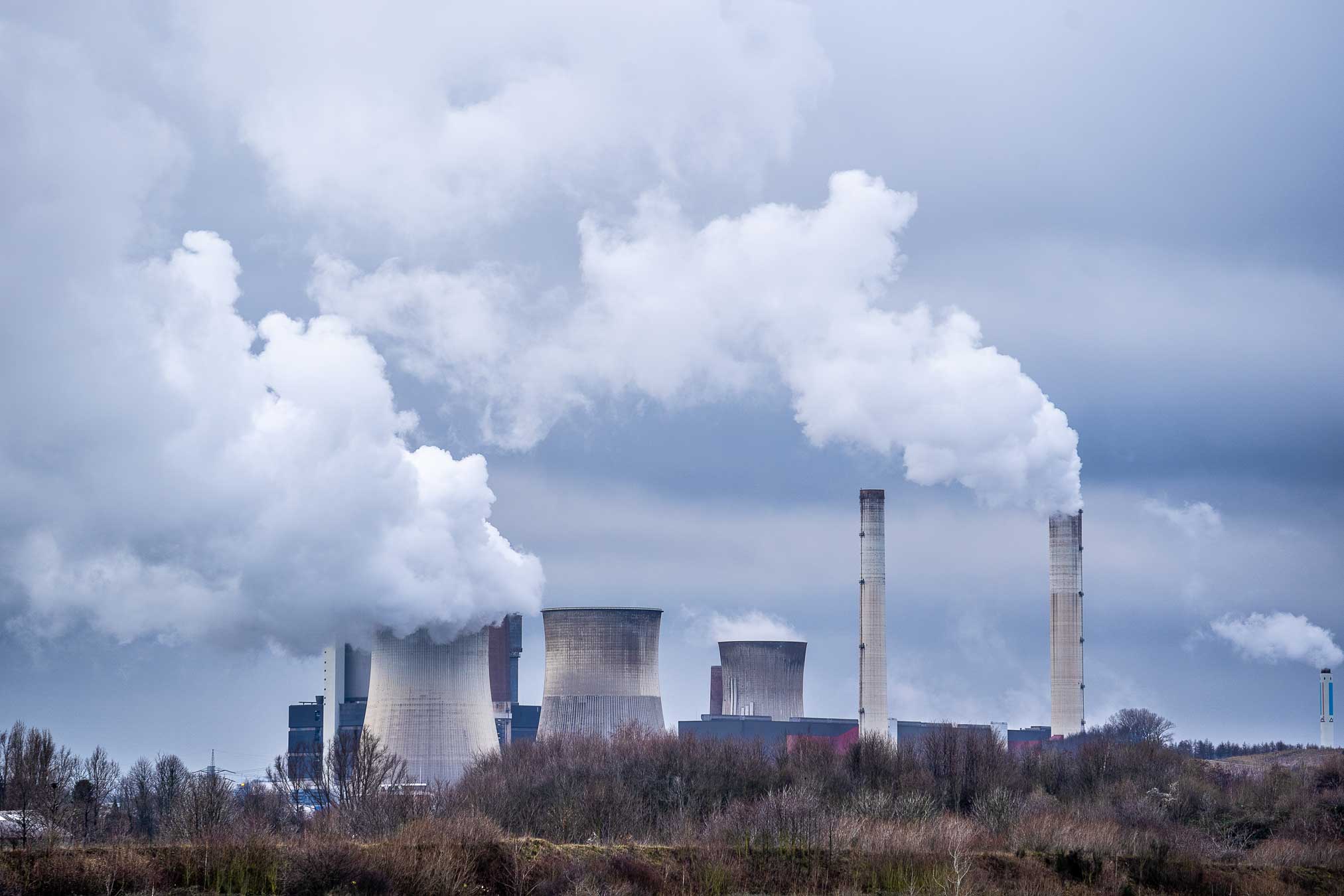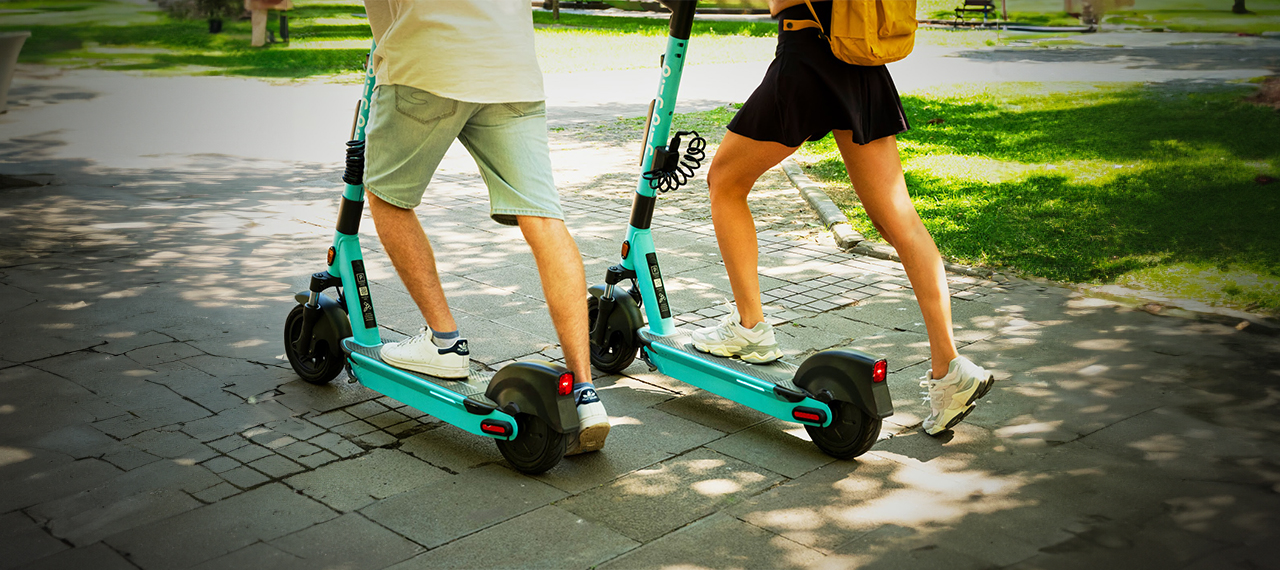Air pollution is a problem that arises when the air in the atmosphere becomes contaminated with substances harmful to human health. These pollutants can originate from human activities such as industrial emissions, vehicle traffic, energy production, and agriculture. Additionally, natural disasters can also contribute to air pollution. Air pollution has serious effects on both the environment and human health. Therefore, combating air pollution is crucial. So, what is air pollution, why does it occur, and how can it be prevented?
What is Air Pollution?
Air pollution is a problem caused by the increased concentration of harmful substances such as gases, dust, smoke, chemicals, and particles in the atmosphere. This situation causes significant damage to human health, vegetation, animals, and the environment.
The causes of air pollution are closely related to industrial activities, vehicle emissions, energy production, environmental factors, and human activities. Industrial activities can cause air pollution through the release of pollutants from factory operations. Vehicle emissions occur when gases, particles, and chemicals are released into the atmosphere from vehicle exhausts.
Energy production contributes to air pollution through the release of gases into the atmosphere during the combustion of fossil fuels. Environmental factors, such as natural disasters, volcanic eruptions, and dust storms, can also degrade air quality. Additionally, human activities like mining, construction, road building, waste disposal, and incineration can lead to air pollution problems.
Types of Air Pollution
Air pollution occurs due to the increased concentration of harmful substances in the atmosphere. The types of air pollution are as follows:
- Particulate Matter Pollution: This type of pollution is caused by fine particles suspended in the atmosphere. These particles originate from environmental factors such as traffic, industry, mining, and agriculture.
- Gas Pollution: Gas pollution is another type of air pollution that occurs when harmful gases in the atmosphere increase. Carbon dioxide, sulfur dioxide, nitrogen oxides, and ozone are the most common harmful gases in the atmosphere. These gases are released through industrial, transportation, energy production, domestic, and commercial activities.
- Contaminated Water Vapor Pollution: This type of air pollution occurs when the humidity level in the atmosphere increases. Contaminated water vapor is often seen in areas with high indoor humidity levels in buildings and can lead to allergens such as mold and fungi.
- Radon Pollution: Radon is a radioactive gas naturally found in the soil. However, it can be harmful to human health when accumulated under buildings and other structures.
- Ozone Pollution: Ozone is a gas naturally found in the atmosphere. Human activities have caused the ozone layer to thin and become damaged in recent years, which is considered one of the types of air pollution. Respiratory illnesses, eye irritation, headaches, and fatigue can arise due to environmental factors such as ozone pollution.
Measures to Prevent Air Pollution
Air pollution poses a serious threat to human health and the environment today. Breathing polluted air can lead to many respiratory diseases, and even contribute to the development of heart and lung conditions. So, what measures can be taken to prevent air pollution?
- Zero-Emission Vehicles: Motor vehicles are one of the major sources of pollutants released into the atmosphere. Therefore, zero-emission vehicles are a crucial step in preventing air pollution. Electric vehicles and hydrogen-powered vehicles can operate without releasing harmful gases into the environment.
- Public Transportation: Public transportation can reduce air pollution by enabling many people to travel simultaneously. Especially electric public transport vehicles offer an environmentally friendly transportation option.
- Cycling and Walking: Traveling by bicycle or walking is a great way to improve personal health and reduce air pollution. Increasing pedestrian and bicycle paths in cities can help improve public health and reduce air pollution levels.
- Local Government Policies: Local governments can implement many policies to prevent air pollution. For example, policies that mandate vehicles to meet specific emission standards can help reduce air pollution.
- Industry and Energy Production: Industry and energy production are also sources of air pollution. Therefore, the use of environmentally friendly technologies and the promotion of sustainable energy production in industrial and energy facilities are essential.
Air pollution is a problem that can be addressed through both individual and societal efforts. Measures to prevent air pollution include simple but effective actions such as conserving energy, reducing vehicle use, and using environmentally friendly products. Additionally, steps like using environmentally friendly technologies in industry and energy production, recycling, and waste management play a significant role in reducing air pollution.
You can also contribute to a sustainable future by using eco-friendly BinBin electric scooters, which offer a fun and pollution-free mode of transportation for short distances.






